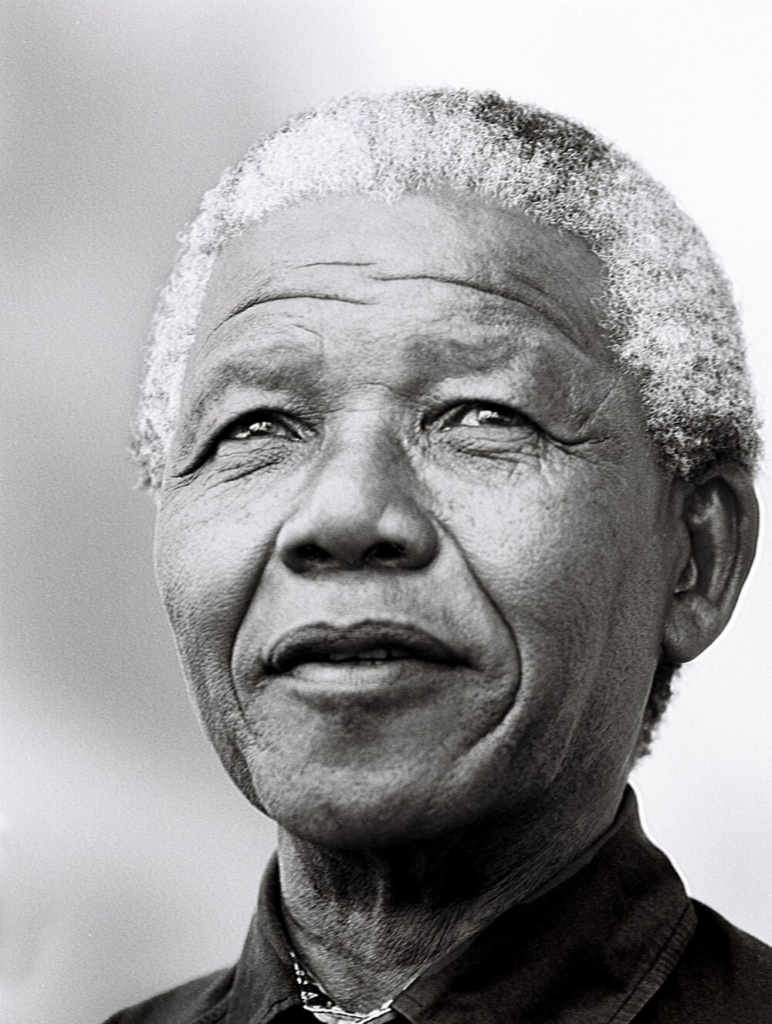
Rolihlahla Mandela was born into the Madiba clan in the village of Mvezo in the Eastern Cape, on 18 July 1918 South Africa.
His mother was Nonqaphi Nosekeni and his father was Nkosi Mphakanyiswa Gadla Mandela, principal counsellor to the Acting King of the Thembu people, Jongintaba Dalindyebo.
In 1930, when he was 12 years old, his father died, and the young Rolihlahla became a ward of Jongintaba at the Great Place in Mqhekezweni.
The Early Years and the Fight for Freedom
Mvezo Beginnings of Nelson Mandela
July 18, 1918 – The son of a local chief, Nelson Rolihlahla Mandela was born in the small village of Mvezo, in the Eastern Cape province of South Africa. His father, Gadla Henry Mphakanyiswa, was an adviser to the Thembu royal family. Despite the family’s noble lineage, the Mandela household faced financial difficulties after Gadla was deposed as chief over a dispute with a local magistrate.
Mandela, affectionately known as “Rolihlahla” meaning “troublemaker,” attended a local mission school where a teacher bestowed upon him the name “Nelson.” His education continued at Clarkebury Boarding Institute and later at Healdtown, a Wesleyan college where he developed a passion for African history and politics.
Pursuit of Education and Early Activism
1941 – Seeking to escape an arranged marriage, Mandela fled to Johannesburg, where he found work as a night watchman and then as a clerk in a law firm. His move to the city marked a pivotal turn in his life. In Johannesburg, Mandela was introduced to influential figures in the anti-apartheid movement, including Walter Sisulu, who encouraged him to join the African National Congress (ANC) in 1943.
In 1944, Mandela helped establish the ANC Youth League (ANCYL), pushing for a more radical approach against apartheid. This period saw the beginning of Mandela’s involvement in organized resistance against the discriminatory policies of the South African government.
The Defiance Campaign and Legal Practice
1952 – The Defiance Campaign against apartheid laws saw Mandela emerge as a leading figure. He served as the National Volunteer-in-Chief, organizing a mass civil disobedience movement. His efforts resulted in his first arrest and a nine-month suspended sentence. The same year, Mandela co-founded Mandela & Tambo, South Africa’s first black law firm, offering legal assistance to black South Africans affected by apartheid laws.
The Rivonia Trial and Imprisonment
1961 – In response to increasing government repression, Mandela co-founded the ANC’s armed wing, Umkhonto we Sizwe (“Spear of the Nation”), embarking on a campaign of sabotage against government installations. The move was a significant departure from his earlier commitment to non-violent protest.
1962 – Mandela’s anti-apartheid activities led to his arrest. Initially sentenced to five years for incitement and leaving the country illegally, Mandela faced further charges in the infamous Rivonia Trial. In this landmark trial, Mandela and his co-accused were charged with sabotage and conspiracy to overthrow the government. His powerful speech during the trial became a global rallying cry for anti-apartheid activists.
1964 – Convicted of these charges, Mandela was sentenced to life imprisonment and was sent to Robben Island. Here, he endured 18 years of hard labor, harsh conditions, and isolation. Despite his confinement, Mandela remained a symbol of resistance and resilience.
Life Mandela on Robben Island
1964-1982 – On Robben Island, Mandela’s existence was marked by arduous manual labor in a lime quarry, restricted communication, and limited rights. Yet, his spirit remained unbroken. He educated fellow prisoners, maintained his resolve, and continued to fight for freedom from within the prison walls.
In 1982, Mandela was transferred to Pollsmoor Prison, where conditions improved slightly, allowing him more interaction with fellow activists. His continued advocacy led to his move to Victor Verster Prison in 1988, where he lived under relatively relaxed conditions until his release.
Global Campaign and Release
Throughout Mandela’s imprisonment, global awareness and pressure mounted against apartheid. International campaigns, economic sanctions, and relentless activism culminated in the South African government’s decision to negotiate.
February 11, 1990 – After 27 years of incarceration, Nelson Mandela walked free, greeted by a jubilant nation and an expectant world. His release marked the beginning of the end for apartheid and set the stage for his later role as the first black President of South Africa, leading the country into a new era of democracy and reconciliation.



